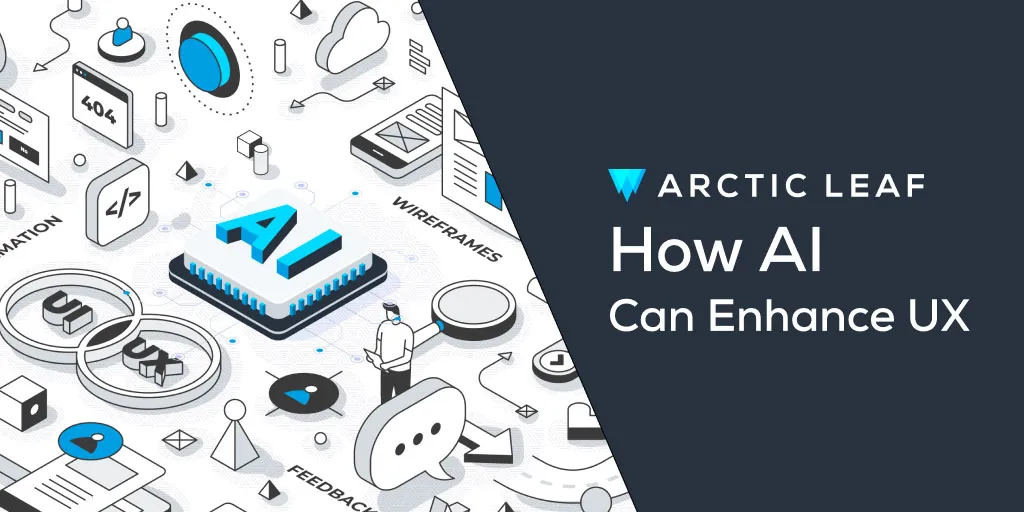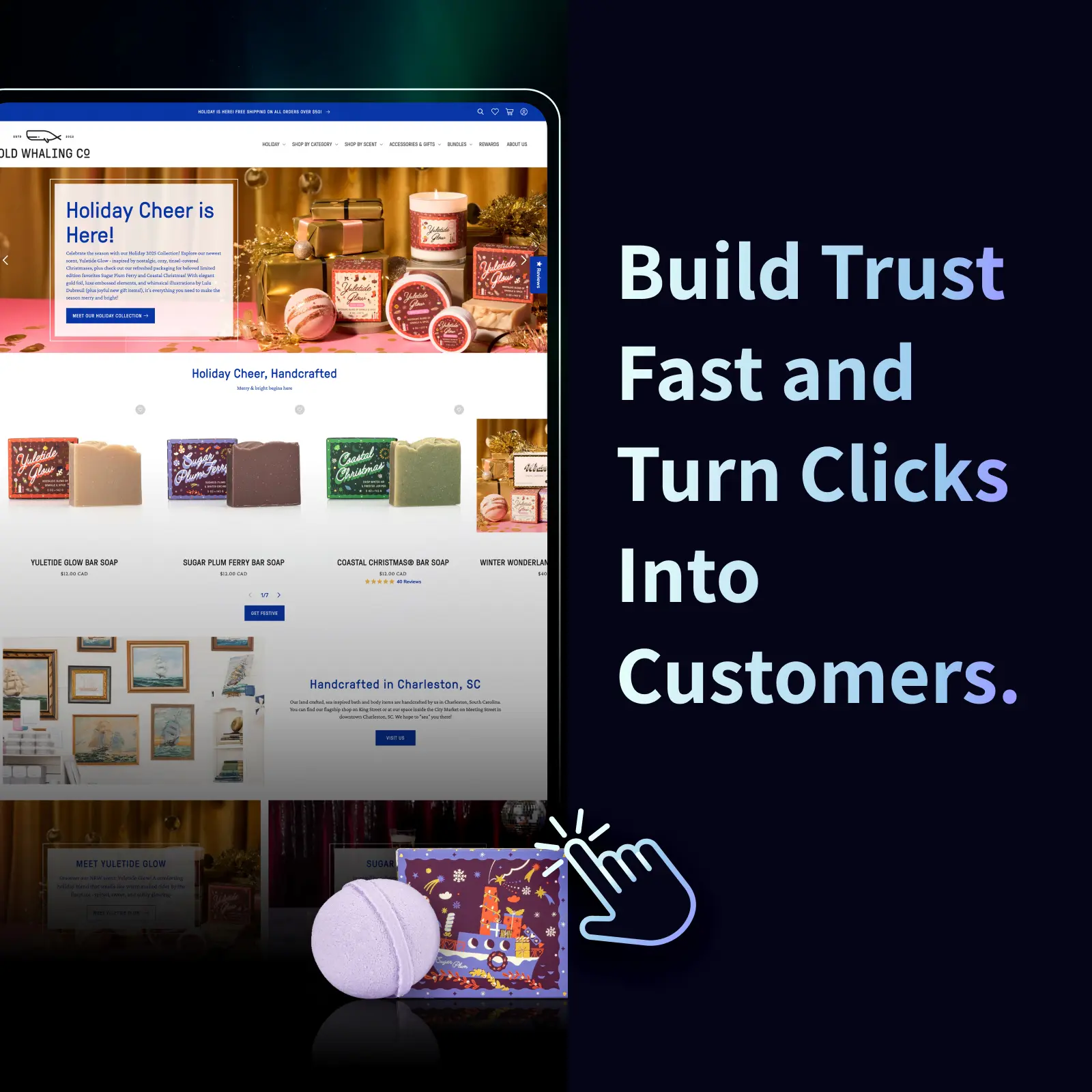How AI Can Transform UX Design
You're drowning in user research data. Your stakeholders want prototypes yesterday. You're manually tagging interview transcripts at 11 PM. Sound familiar?
Using AI for UX won't magically solve every problem, but artificial intelligence can handle the grunt work that's eating up your time. Here's what's actually working for UX professionals right now, with real pricing and practical advice you can use tomorrow.
What AI Actually Does for UX Designers
Automated UX Testing: Artificial intelligence can run through your entire site, testing flows across devices and browsers while you sleep. It catches broken interactions, accessibility violations, and edge cases that manual testing misses. Instead of spending days clicking through test scenarios, you get a report of what's broken. This AI technology improves efficiency by handling repetitive user testing automatically.
Content Optimization: Your microcopy matters, but who has time to A/B test every button label? AI tools analyze readability, suggest clearer phrasing, and generate variations you can test. They catch jargon you've stopped noticing and flag confusing instructions before users get frustrated.
Accessibility Improvements: WCAG compliance is complicated. AI scans your designs for accessibility issues, generates alt text, checks color contrast, and flags keyboard navigation problems. Designers don't need to be accessibility experts to ship inclusive products.
Continuous Optimization: After launch, AI monitors user behavior and alerts you when the experience changes. Bounce rate spiked on mobile? Conversion dropped on checkout? You'll know what's wrong and where to look, not just that numbers went down. Understanding the impact of these changes helps you prioritize fixes and gather user feedback more effectively.
Now let's talk about the specific AI tools that make this (and more!) possible.
Stop Watching Hundreds of Session Recordings
You know you should review user sessions, but who has time to watch 500 recordings? You end up sampling a few and hoping you caught the important stuff.
Hotjar's AI session replay identifies friction automatically. It flags rage clicks, dead ends, and confusion patterns so you can skip straight to the moments that matter. Instead of spending hours hunting for problems, designers get a highlight reel of what's actually broken.
What it costs: Free plan includes up to 20k monthly sessions with Session Replay and unlimited heatmaps. Growth plan starts at $49/month ($40/month annually) for 7k monthly sessions and includes AI features. Pro and Enterprise plans start at 1 million monthly sessions with custom pricing.
How to actually use it: Don't watch every recording. Use heatmaps first to spot problem areas, then filter recordings by frustration signals (rage clicks, u-turns) and the specific pages you flagged. Check mobile separately because the issues are always different. This approach helps you design better solutions based on real user behavior.
Turn Interview Chaos Into Actual Insights
You've done 15 user interviews. Now you have 15 transcripts, scattered notes, and a deadline. Manually coding themes will take days you don't have.
Dovetail analyzes your UX research automatically. It pulls out themes, generates tags, and shows you patterns across sessions. When someone asks "what did users say about navigation?" six months later, you can actually find the answer in seconds. The platform transforms raw data into actionable insights that designers can use immediately.
What it costs: Free plan includes one project with basic AI features. Professional plan costs $15 per user/month (billed yearly) with unlimited projects and advanced AI. Enterprise pricing is custom and includes organization-wide features and priority support.
How to actually use it: Create your tag structure before uploading anything. Yes, the AI can auto-tag, but you'll waste time re-organizing later if you don't set standards first. Use folders by project, not by date. Your future self will thank you when stakeholders ask about "that parking app research from Q2." This organized approach gives you confidence when presenting findings to leadership and makes your data easy to navigate.
Build Prototypes In Hours, Not Weeks
Your developer is booked for three months. You need to test an idea with users next week. You could spend days in Figma building a clickable prototype, or you could describe what you want and have it built in an afternoon.
Loveable generates working prototypes from plain English. Describe your concept, upload a rough wireframe, and get functional code you can actually test with users. It's not production-ready, but it's real enough to learn whether your design works.
What it costs: Free plan includes up to 30 credits monthly. Pro plan costs $25/month (shared across unlimited users) with 100 monthly credits and private projects. Business is $50/month. Note that cloud hosting costs are separate from these plans.
How to actually use it: Start simple. Describe one core feature, get it working, then add more. Upload screenshots of similar apps or your wireframes so it matches your design vision. This is for validation and stakeholder demos, not for shipping to production. Once you validate the concept, hand specs to your developers.
Predict What Users Will Do Next
You're guessing which products to show, which content to feature, where to put the CTA. Meanwhile, you're losing conversions because your navigation assumes everyone thinks like you do.
Shopify Analytics (built into your Shopify plan) shows you where people actually drop off and what they're trying to buy. No more guessing why cart abandonment spiked last Tuesday.
What it costs: Included with Shopify plans starting at $49/month.
How to actually use it: Set up funnels for your key flows (browse to cart, cart to checkout, etc.). Check weekly, not daily. Look for sudden changes, not gradual trends. When you spot a drop-off, use those insights to write better A/B test hypotheses instead of testing random variations.
BigAI
BigAI Recommendations predicts what each visitor wants to see based on their behavior. It analyzes browsing patterns and purchase history to personalize product suggestions automatically.
What it costs: Pay-as-you-go through Google Vertex AI. Training costs $21.25 per node hour. Predictions start at $0.27 per 1,000 for your first 20 million monthly (drops to $0.18, then $0.10 at higher volumes)
How to actually use it: Start with pre-built models instead of building custom. Track whether AI recommendations actually convert better than your manual picks. If they don't beat your merchandising team after a month, something's wrong with your setup.
Athos Commerce
Athos Commerce (Previously Klevu) makes site search actually work. It understands typos, interprets vague searches, and shows relevant results even when users don't know the exact product name.
What it costs: Essential plan starts at $699/month, Advanced at $899/month, and Expert at $1,099/month. All plans scale based on your number of domains, site sessions, and product catalog size. Contact for custom pricing based on your specific usage
How to actually use it: Check your search analytics monthly. You'll discover what people actually call things (spoiler: not what you call them). Set up synonyms for industry jargon. Pin your hero products but let AI handle everything else. Test "similar items" suggestions because that's often where the revenue lift comes from. This improves the overall user experience and keeps shoppers engaged longer on your site.
Brainstorm Without Burning Out
You're staring at a blank Figma file. The feature is due Monday. You've got three half-baked ideas and no time to validate any of them. As a UX designer, you need a thought partner who won't schedule a meeting.
ChatGPT and Claude help you think through UX design problems in real time. They generate user scenarios, spot edge cases you missed, draft survey questions, and create content variations for testing.
What it costs: Both offer free plans with limits. ChatGPT Plus costs $20/month. Claude Pro costs $20/month ($17/month if paid annually). ChatGPT Team pricing wasn't listed on their site. Claude Team starts at $30/month per standard seat or $150/month per premium seat (5 member minimum).
How to actually use them: ChatGPT works better when you need quick iterations, image generation, or web research. It's faster for brainstorming multiple directions.
Claude handles long documents better (like that 50-page research report you need to summarize). It also writes more nuanced copy when you need thoughtful, detailed content.
For both: Feed them examples of your best work first. Create a prompt library for repetitive tasks (persona generation, survey questions, heuristic evaluations). Use them for first drafts and idea generation, not final deliverables. Always review and edit the output because AI gets things wrong. Integrating these tools into your workflows can speed up your UX design work and design process significantly.
Actually Getting Started (Without Wasting Money)
Don't buy everything at once. Here's what actually works:
Month 1: Pick the tool that fixes your biggest time-suck. If you're drowning in research, start with Dovetail. If testing takes forever, try AI testing tools. Get one win first before you design your full AI toolkit.
Month 2: Add a second tool that covers a different problem. Make sure it integrates with your existing stack and workflows. Tools that don't talk to each other create more work, not less. The goal is to improve your team's overall experience with the design process.
Month 3: Measure what changed. Did you ship faster? Did research quality improve? Are you working fewer nights? If you can't point to specific improvements, cancel and try something else. The value of these tools should be obvious within the first month.
What to avoid:
-
Tools with "custom pricing" when you're a small team (you'll overpay)
-
Platforms that require weeks of training (you won't use them)
-
AI tools that replace your judgment instead of supporting it
-
Anything that promises to "do UX for you" (it can't)
The Real Talk About AI and UX
AI for UX won't design your product for you. It won't understand your users better than you do. It won't turn a mediocre UX designer into a great one.
What it will do: handle the repetitive analysis, testing, and documentation that keeps you from doing actual design work. It gives you time back for the strategic thinking, user empathy, and creative problem-solving that actually matters.
Start with one tool. Use the free trial. If it doesn't save you at least 3 hours in the first week, it's not worth your money. Move on and try something else.
The goal isn't to use AI. The goal is to spend less time on busywork and more time solving real user problems. These tools should support your work, not complicate it.
Questions about which tools fit your workflow? Reach out to our team at Arctic Leaf and we'll help you figure it out.





